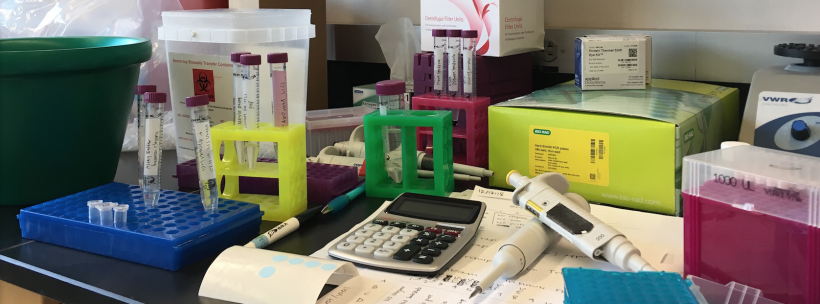20.109(S19): Mini-report
Overview
The culminating written assignment for Module 3 will be relatively informal. You should continue to strive for clear writing and thorough explanations, but you do not have to provide as much context as you did in previous reports. You can assume a reader highly familiar with your field of study.
Our purpose in asking you to write this mini-report is three-fold:
- to include some accountability for understanding the M3 material
- to keep a concise record of results for future classes
- to give you one more shot at practicing your construction and communication of a scientific argument
Logistics
You will complete this assignment in partners.
As you prepare your assignment be sure to review the resources provided on the Communication tab.
Please submit your completed Mini-report on Monday, May 13th by 10 pm to Stellar, with filename TeamColor_LabSection_MR.doc (for example, Green_TR_MR.doc).
Formatting and length guidelines
The entire report text should be about 2 pages, or perhaps 3 pages at the most, not counting figures. The figures/captions may be submitted separately.
You should introduce your investigation in 1-2 paragraphs. You can assume familiarity with phage display in general on the part of the reader, and thus immediately "zoom in" on the type of phage that you used and the question(s) you were trying to address. Be sure to cite relevant publications.
For the remainder of the paper, summarize and interpret the class-wide findings and briefly suggest future work. What we usually call Results and Discussion should be combined. The Methods section may be omitted; however, the figure captions and/or main text should include any methodological details unique to your experiment. Finally, you do not need to write an abstract, but should include a concise and informative title.
Figures:
- Capacity measurements
- Do the data support your hypothesis?
- How do your data compare to the class data pool?
- TEM images
- Is the composition of your nanowires what you expected?
Guiding questions for your discussion:
- What comparative statements can you confidently make about different conditions? (How much variation is there between conditions versus between same-condition devices? Do you have enough data to make any statistical comparisons?)
- By what mechanisms might these differences arise?
- What technical changes would you want to make to sample preparation and/or assays that could improve data quality (troubleshooting ideas) or simply be more informative?
- What bigger picture changes or additions would you want to make to this investigation, if you could continue it?
Evaluation
| Content | Approximate Worth | Criteria |
|---|---|---|
| Background and Approach | 15% |
|
| Results and Interpretation of Data | 75% |
|
| Contextualizing Results and Suggestions for Future Work | 10% |
|
